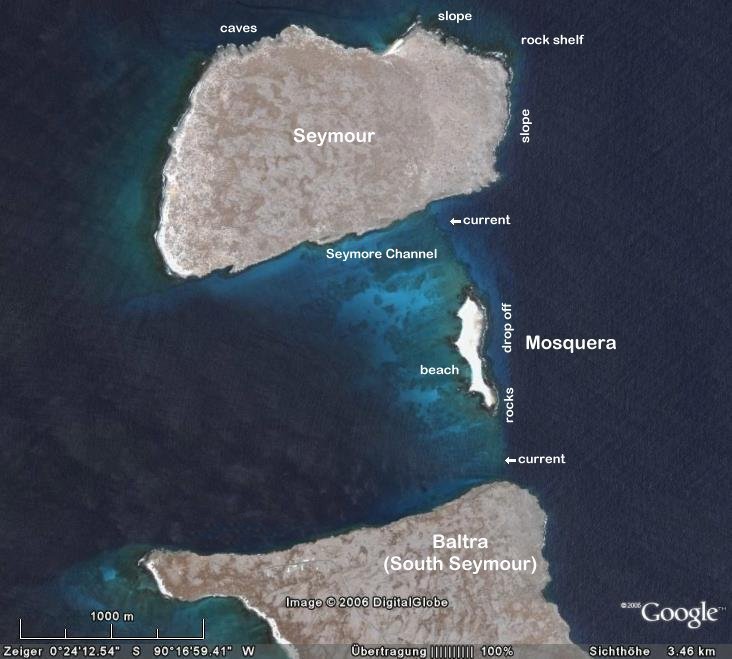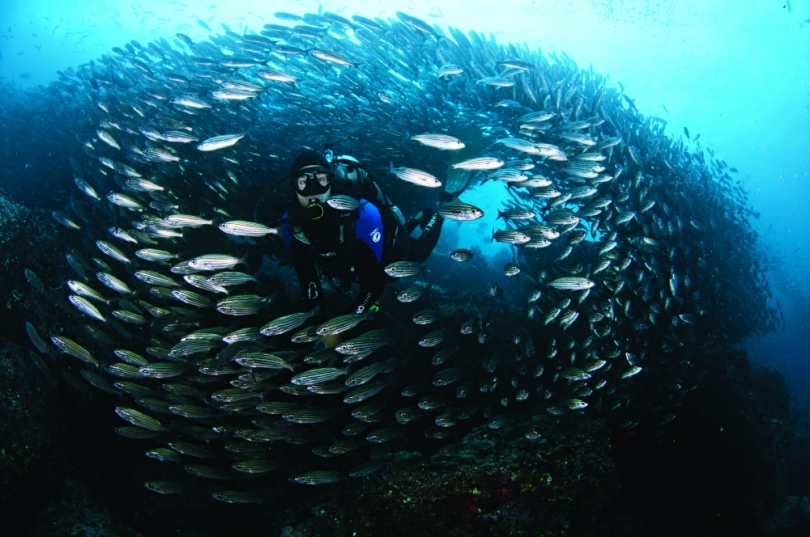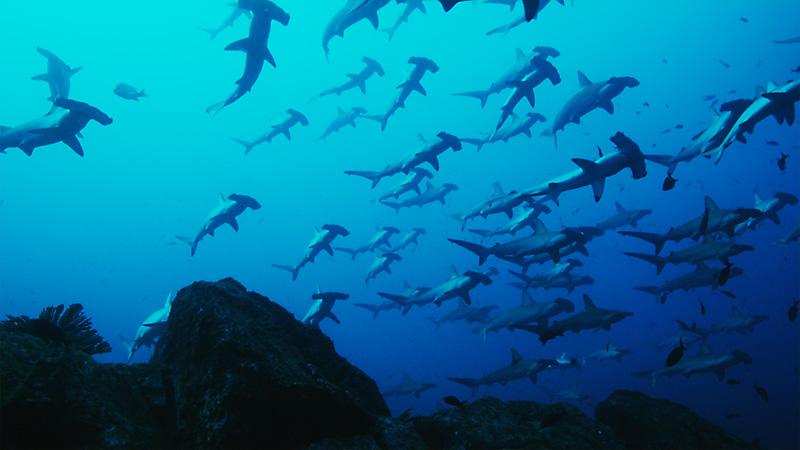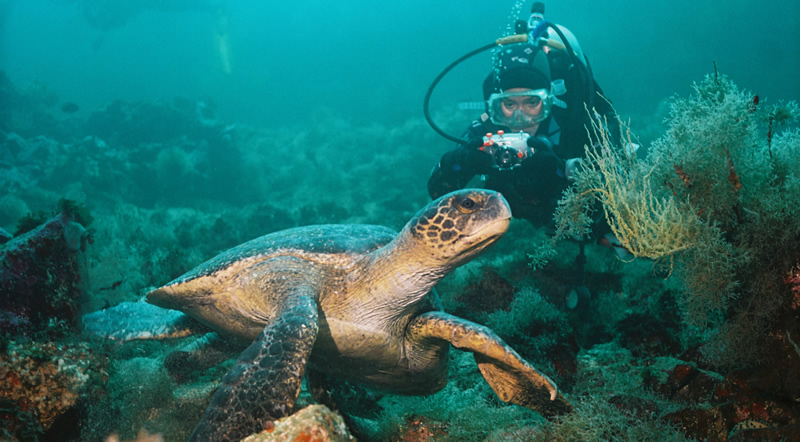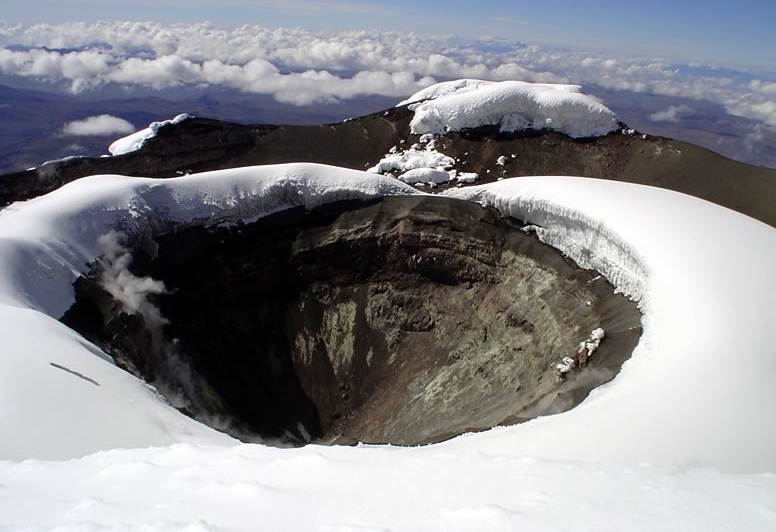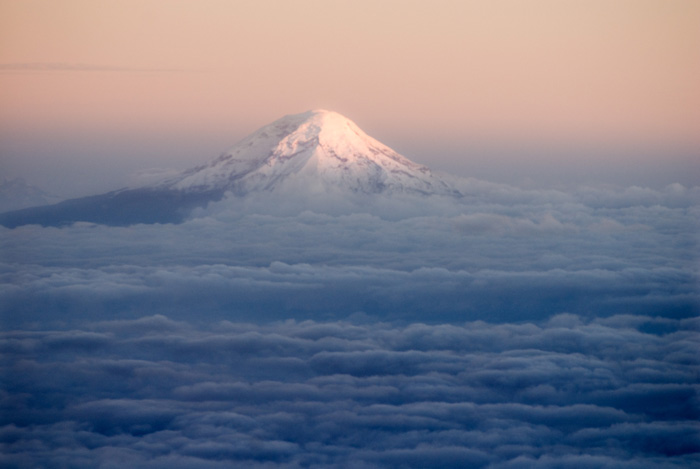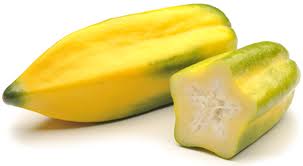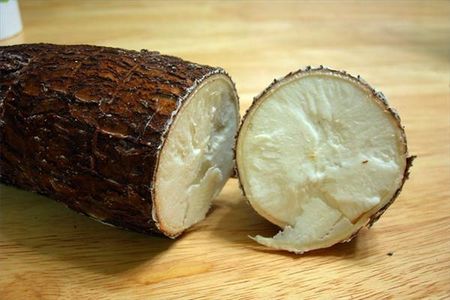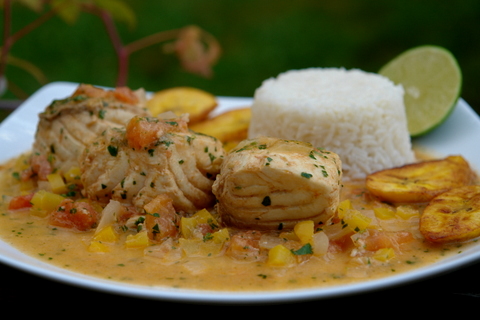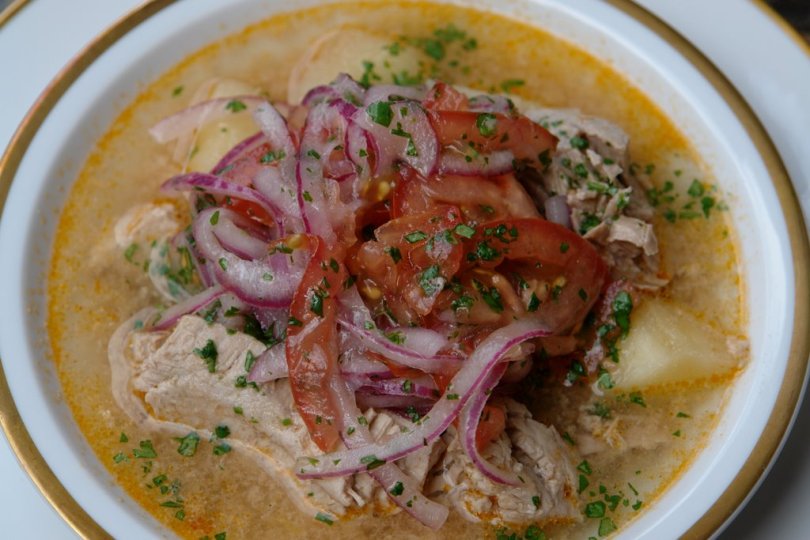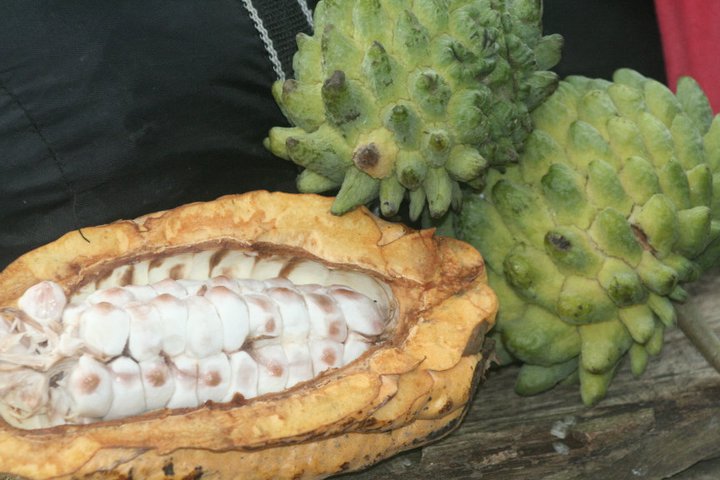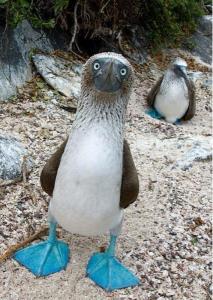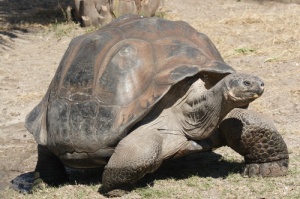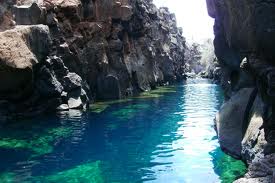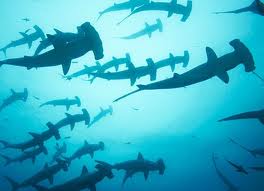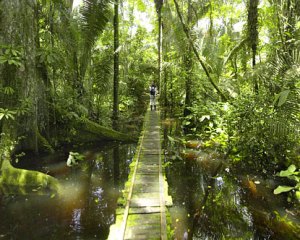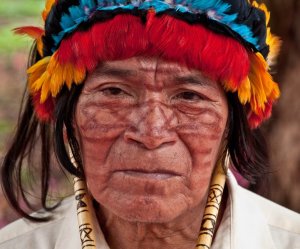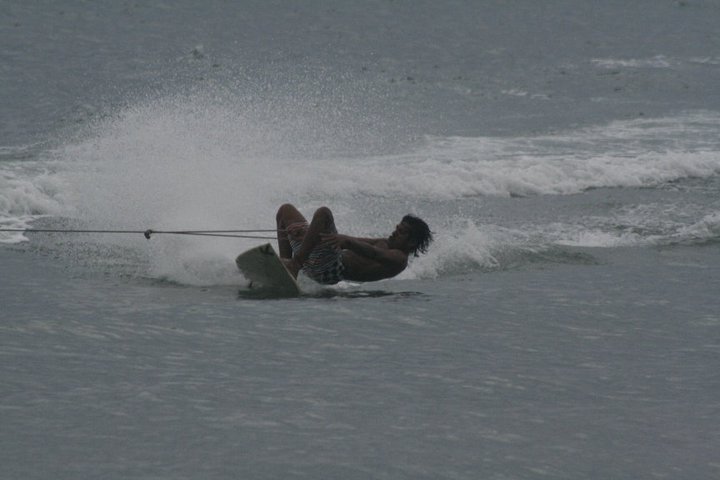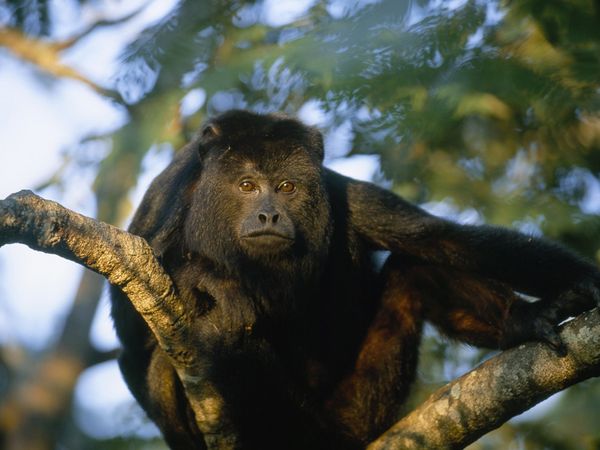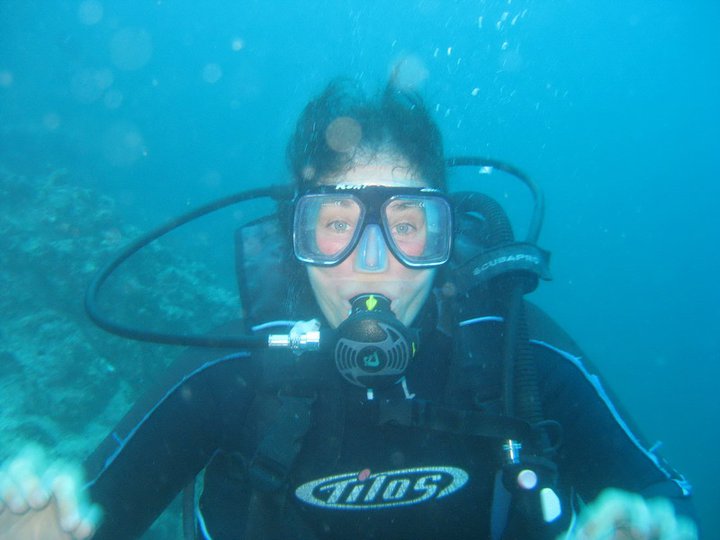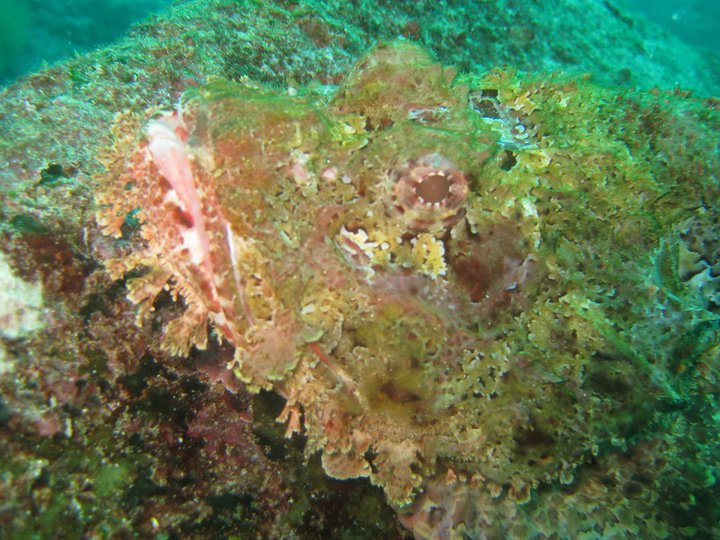Ecuador is one of the most fascinating countries on Earth. The amazing diversity of nature, cultures, geography, foods, activities, holiday destinations, people and languages makes this tiny country straddled either side of latitude zero a stand out destination in South America. You may think I’m biased because I live here, but I have traveled in, lived in or visited 46 countries over the last 33 years, and Ecuador is the only country that has ever inspired me to build a house and stick around for a while.
When I began thinking about some of the wonderful things about Ecuador that I want to share with others who are interested in visiting, I found many of my friends and acquaintances feel the same way about the same things. Therefore, in the spirit of fairness, before I sat down to write this ten-part series, I asked everyone I know who lives now or has lived or traveled in Ecuador this one simple question: “What is/was the best thing about your experience of Ecuador?” This series is all about their responses.
One thing we unanimously agree on is “the Scuba Diving totally rocks!” For this article, I have chosen five dive sites, because there are so many incredible places to go scuba diving in the Galapagos Islands and even a few cool places on the mainland (but you have to admit there’s nothing quite like logging a few Galapagos dives, right?) These are some of the favorite, and also most popular dive spots, each renowned for their individual attractions.
Mosquera
The islet of Mosquera is located in the channel between North Seymour and Baltra. Appearing more like a large sandbar than an island, Mosquera is 620 meters long and 130 meters wide, and consists of a long narrow stretch of powdery white sand, black lava rocks, and glistening azure tide pools. The island was created by geological uplift, so its geography is flat rather than conically shaped like other volcanically formed islands. Starting from Mosquera’s dramatic lava rock base, peppered with corals, divers drift with the currents to a depth of 21m along a mixed rock, coral and sandy bottom and along the top ledge of a magnificent cliff wall where a wealth of marine life thrives; from colorful nudibranchs to impressive hammerheads, and large black manta rays to white spotted eagle rays. Meeting playful sea lions is one of the main features of the dives at this popular site, along with the spectacular white sand plateau filled with thousands of Galápagos garden eels, bobbing in the current as far as the eye can see. White-tipped sharks glide amongst the coral reefs and lava rocks along with Galápagos sharks, Pacific green turtles, barracudas, amberjacks and pelagics, schools of and many other tropical fish which are common to this area. Visibility averages 12-15 meters (40-50 feet). Surge and current is usually moderate to strong.
Daphne Minor
Located 40 minutes by boat from Itabaca Channel, on the northwest coast of Santa Cruz, Daphne Minor is an isolated offshore tuff cone featuring a range of different topographies: vertical rock and coral walls, steep slopes, pinnacles, a marine platform, and also a cave. At the base of Dafne Minor, it is even possible to see the results of lava flows from previous volcanic eruptions. Depending on the strength of the current, which can range from mild to strong, while drift diving along the wall amongst the crags and black coral, divers can encounter the cleaning stations of hammerhead and Galápagos sharks, as well as spot white tipped reef sharks, silky sharks, manta rays, golden cowrays, eagle rays, sea lions, Pacific green turtles, and impressive moray eels. Other marine life that thrives in abundance off Dafne Minor includes sea cucumbers, octopus, slipper lobster, nudibranchs, and an impressive variety of reef fish including bacalao, barracuda, palometas, Galápagos grunts, yellowtail grunts, creolefish, king angelfish, Galápagos ringtail damselfish, chamelion wrasse, rainbow wrasse, streamer hogfish, tuna, parrotfish, razor surgeonfish, Panamic graysby cabrilla, cardinalfish, and yellowtail snapper, and a wonderfully colorful collection of starfish. The best dives hover around a depth of 15-20 meters with visibility generally around 9-18 meters (30-60 feet) depending on the presence of plankton. Diving on Dafne Minor is suitable for all levels starting from beginners through to intermediate and advanced divers.
North Seymour
Located approximately half an hour by motorboat from the Itabaca channel near Baltra, the island of North Seymour offers two very special dive sites: the Point, and the Channel. On the Point, follow the gradual steps away from the shoreline to a shallow rocky reef, before reaching the sandy bottom at 16-18 meters. The rocky slope follows the platform reef where devil rays, manta rays, eagle rays, marbled rays, stingrays, tiger snake eels, moray eels, camouflaged octopi and sea turtles are a common sight, and even marlins have occasionally been seen. Galápagos sharks, white- and black-tipped reef sharks and scalloped hammerheads regularly take advantage of medium to strong currents here. The sandy bottom at around 15m is home to hundreds of bobbing endemic Galápagos garden eels, and there are plenty of Pacific green turtles, and large schools of barracuda and other reef fish like yellowtail grunts and blue-striped snapper, jacks, flag cabrilla, creolefish, king angelfish and scorpionfish are also easy to find. Razor surgeonfish are especially abundant. An interesting phenomena on North Seymour dives is the ability to observe blue-footed boobies diving to hunt fish. The Channel is perfect for a drift dive, with medium to strong currents, starting from the eastern corner and following the lava rock plateau. Galápagos sharks cruise around and there are reef fish everywhere. The Channel is also a great spot to find hundreds of colorful sea stars, as well as sea horses clinging to the corals, bright blue nudibranchs, and even whale sharks at times.
Gordon Rocks
One of the most popular sites for experienced divers in the Galápagos Islands is the extinct volcanic crater, Gordon Rocks with its sandy bottom at 32 meters. The top of a submerged cone at the northeastern end of Santa Cruz Island, the exposed northern and southern lava walls surround the remains of the caldera, measuring about 100 metres in diameter, and three smaller pinnacles are visible under the surface. There is a spectacular 65-meter wall drop off along the northern edge of the crater and one large pinnacle in the center approximately 21 meters below the surface. Gordon Rocks is a favorite place to view large schools of scalloped hammerhead sharks up close and personal as they ride the medium to strong currents and circle the massive lava rocks. White and black tip reef sharks can also be seen in the crater, as well as Pacific green sea turtles, sea lions, sting rays, eagle rays, large schools of barracuda and snapper, endemic fur seals, the occasional majestic manta ray and also the fascinating mola mola sunfish. The inside of the crater can resemble a gigantic fish bowl at times and, if you’re really lucky, whale sharks can sometimes be seen here too, and pods of pilot whales frequently pass in the channel between Gordon Rocks and Santa Cruz. Gordon Rocks is also great for a deep dive on the outer rim of the crater, with lots of pelagics and invertebrates to be found along the wall. If close encounters with hammerheads gets your bubbles going, Gordon Rocks is the place to dive.
Floreana
There are three very different dive sites at Floreana, mostly with mild currents making these excellent sites for beginners, and wonderful sites for experienced divers to relax and observe the fascinating marine life that Galápagos has to offer amongst some of the most interesting topography in the islands from rocky outcrops, extinct volcanoes, walls, tunnels, caves and sandy bottoms to black coral reefs. Enderby is the place to spot whale sharks in the spring months, as well as eagle rays, stingrays, white-tipped reef sharks, Galápagos sharks, cleaning stations, and sometimes hammerheads and pilot whales, and countless tropical fish including giant clouds of black-striped salemas that can envelop divers in their thousands. Champion offers one of the nicest drift dives in Galápagos, gliding along the wall escorted by friendly juvenile sea lions that frequently take a liking to diver’s fins, while keeping eyes open for green morays, blue lobster, octopus, long nose hawk fish and coral hawk fish, and spotting Pacific sea horses clinging to branches of black coral. There are also large Pacific green turtles covered in barnacles, eagle rays and stingrays, and also schools of hammerheads. At Punto Cormorant it is easy to find the famous red-lipped batfish with its leg-like fins and cherry red lips in relatively shallow water, presenting yet more evidence that diving in the Galápagos Islands is a unique experience and the three exceptional sites on Floreana are some of the most interesting dive spots within the archipelago.
Wanna come diving with me? Get in touch.

